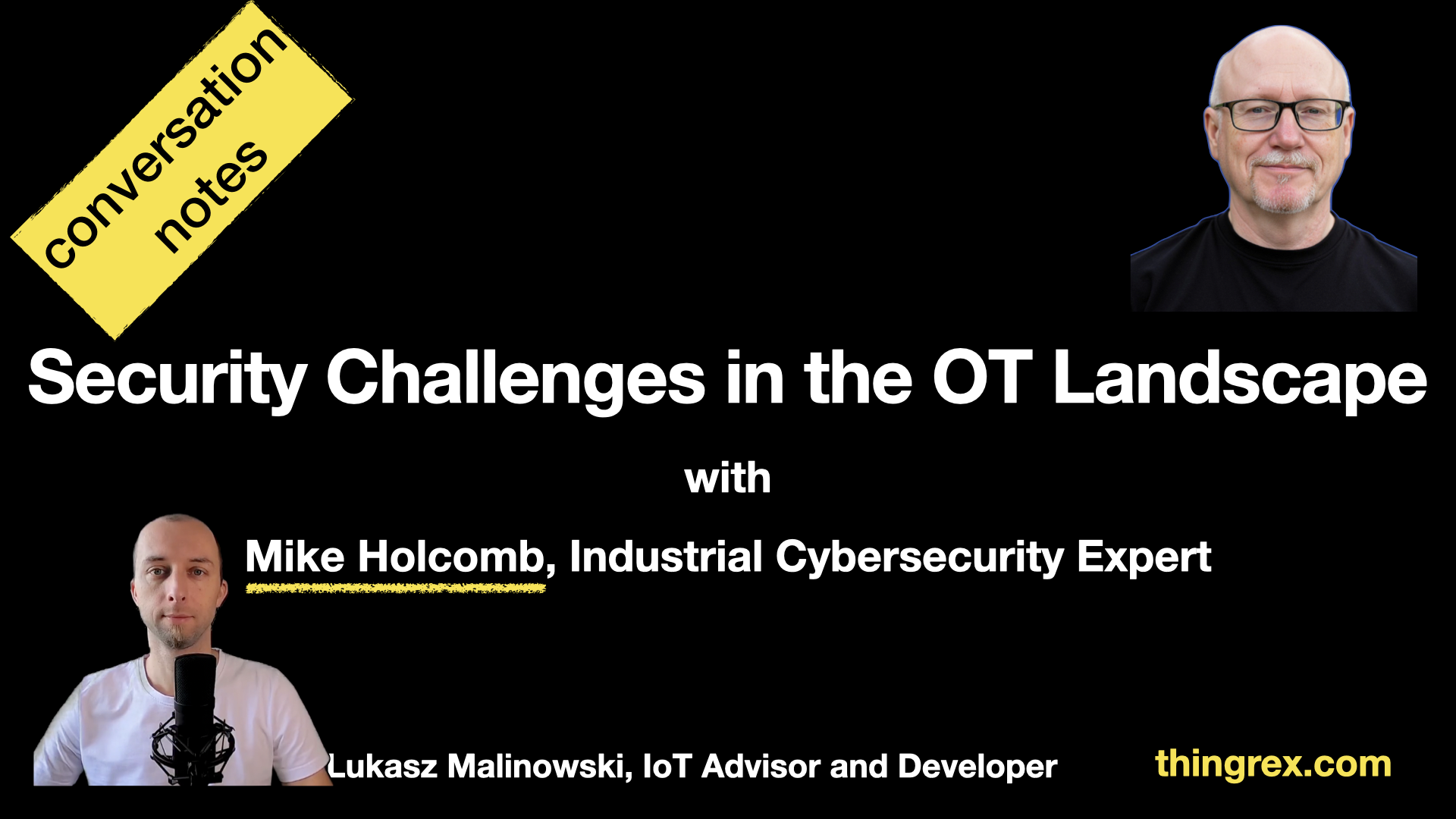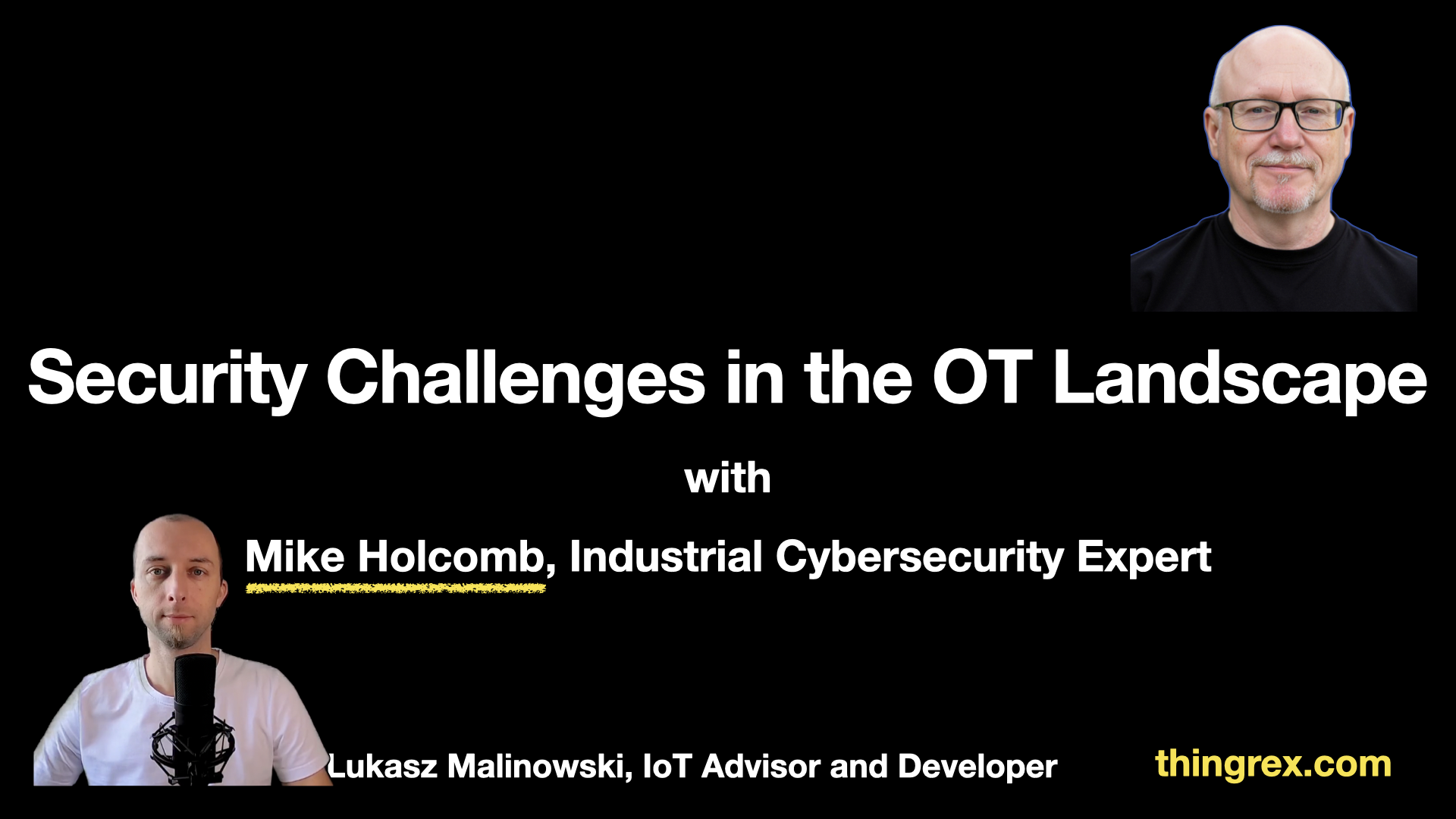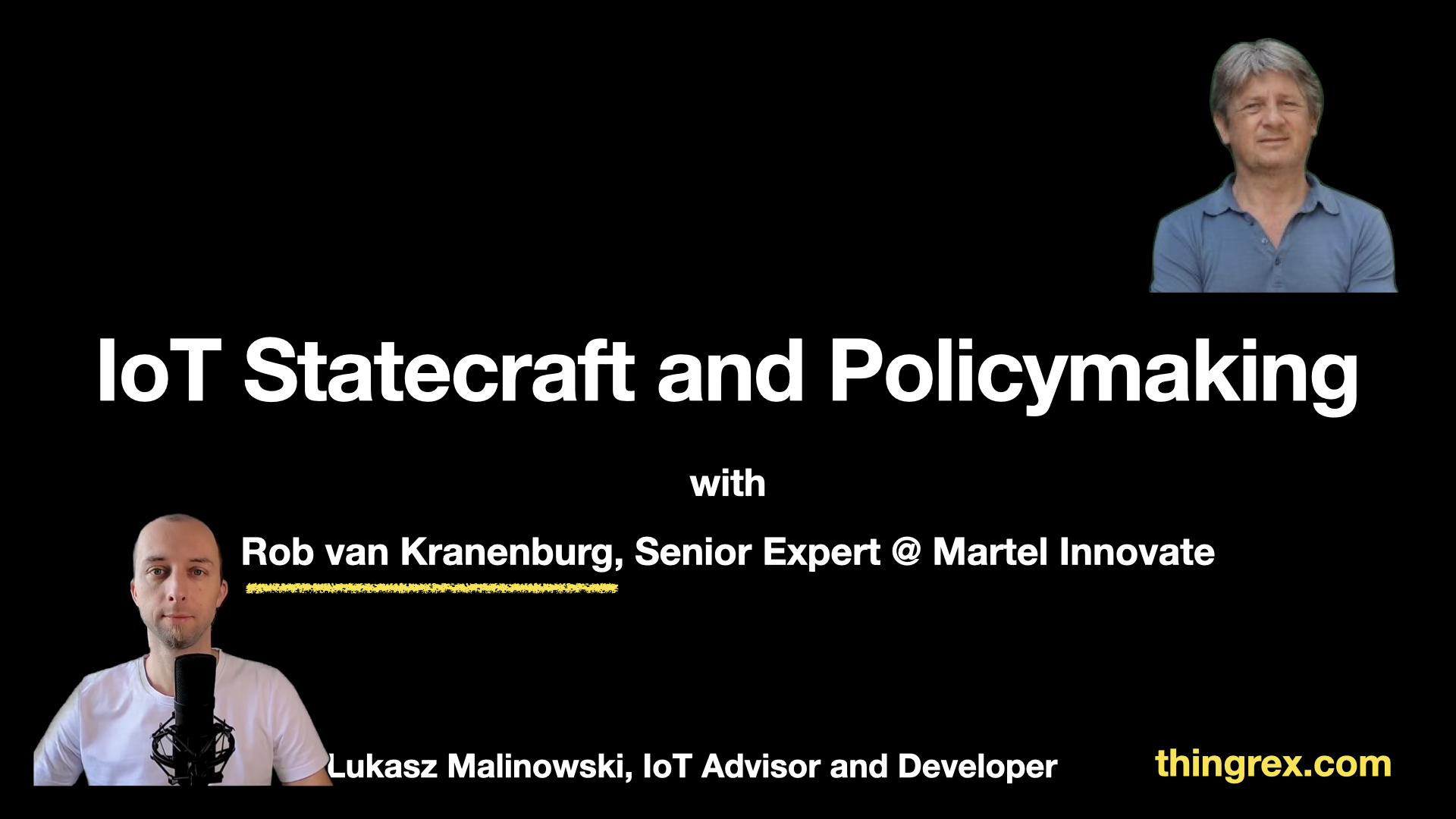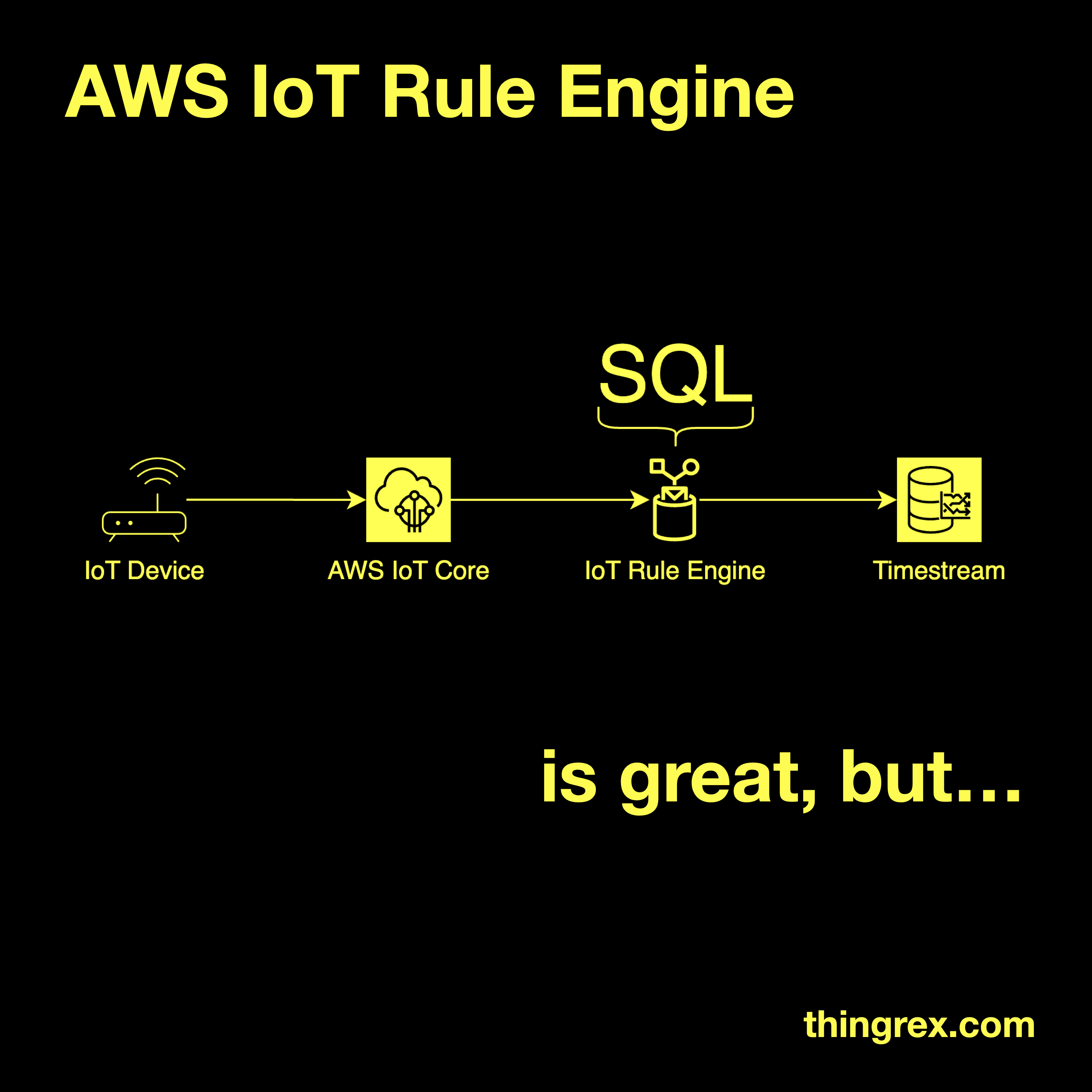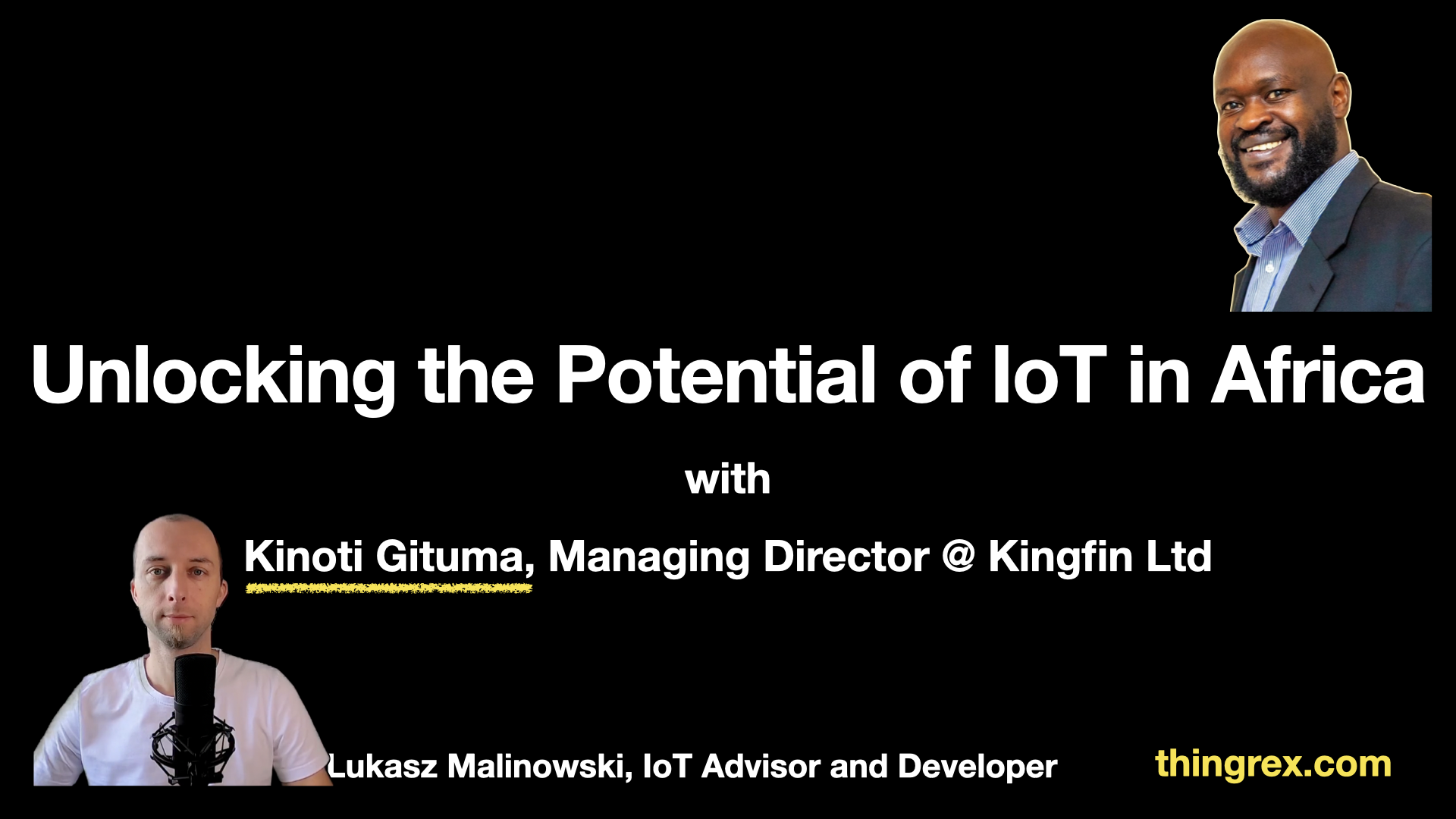Operational Technology Security with Mike Holcomb (conversation notes)
Intro In today’s interconnected industrial landscape, ensuring the security of Operational Technology (OT) isn’t just an IT problem - it’s a business imperative. Recently, I had the pleasure of diving deep into OT cybersecurity with Mike Holcomb, a seasoned expert whose practical insights cut through the hype and highlight what really matters for securing our production facilities.
In our conversation, Mike and I explored topics ranging from the evolution of OT security to practical, low-cost measures for protecting your industrial environment.


